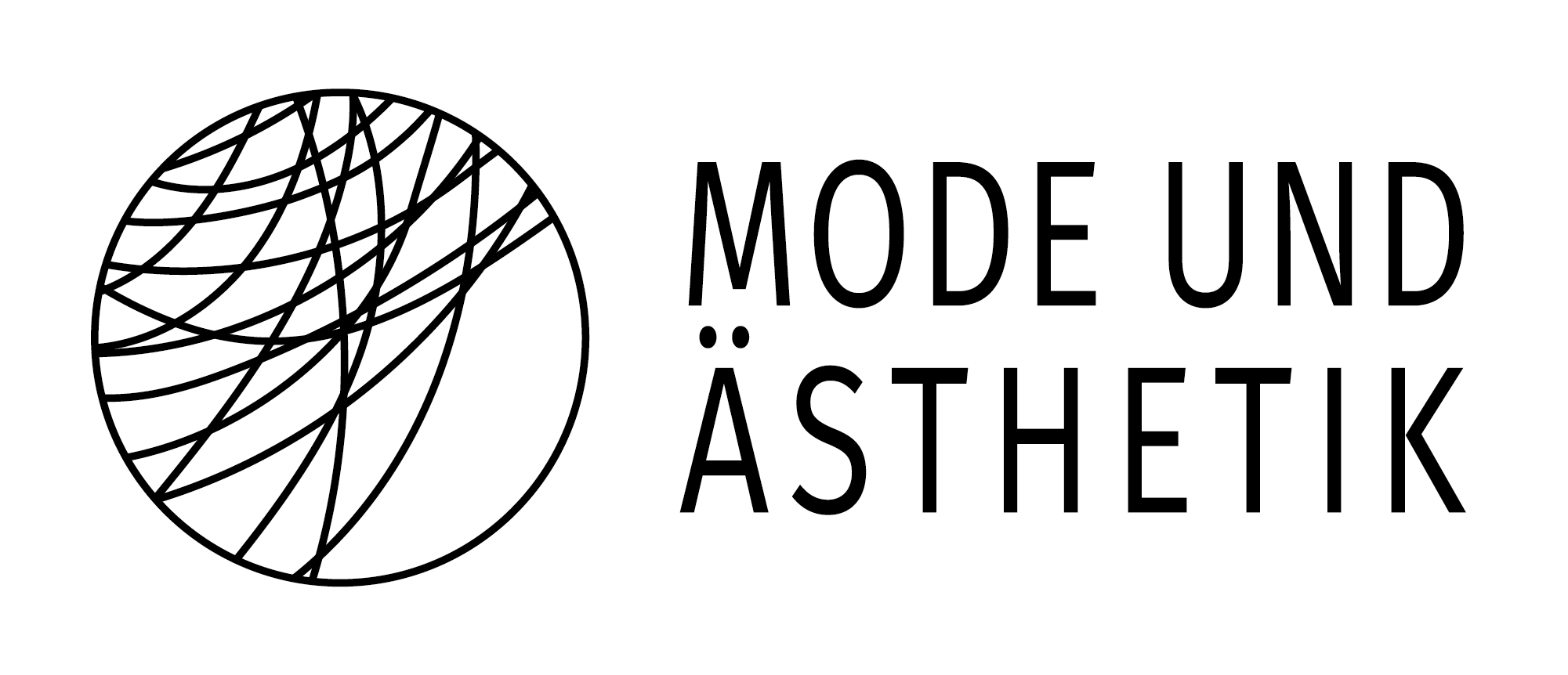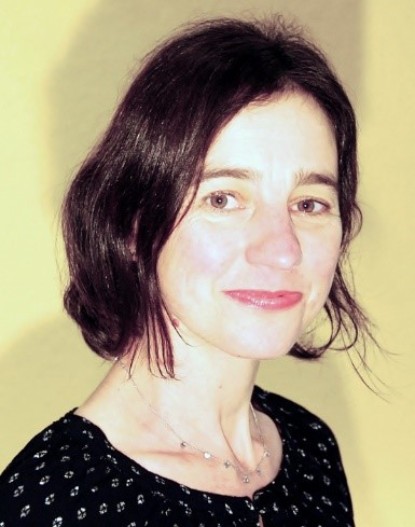In the 16th and 17th century, religious buildings of Franciscans and Jesuits arose in the North of the Spanish Viceroyalty of New Spain. Starting the missionary work at the end of the 16th century, the Franciscans expanded into the areas of the Pueblo peoples – today’s U.S. state of New Mexico. About a century later, the Jesuits arrived comparatively late to evangelize the northwest of New Spain up to the territory of the O’odham (Pimería Alta) – today’s U.S. state of Arizona and the Mexican state of Sonora. At the northernmost border of the viceroyalty, every motive of the Spanish colonialism was concentrated: the strategy of looting and proselytization proved to be exceptionally effective in order to claim an imperial supremacy against other colonial powers. Additionally, it prevented resistance of the subordinated peoples by integrating them spiritually into the Spanish group of subjects.
Michael Sievernich used the term Conquista Espiritual to describe this connection of conquest and religious mission, which is taken as a basis for this study. It is to be expected that the architectural form language and the chosen building material for the mission churches appeared as consciously chosen symbols of their military-strategic and political-ideological ideas. This study focuses on the question as to what extent these interests prevail over the imagery of the mission buildings of both fraternities. However, the respective construction activities are by no means going to be examined only for their religious and political functions.
The focus is going to be on the degree of the “indigenous” architecture’s integration into the colonial architecture, through which the strategic acceptance shown towards the “indigenous” traditions during the Spanish colonial rule shall be deduced. Within the political-cultural transformation process (term coined by Horst Gründer) by means of which the Native American culture was to be replaced by the European civilization the socio-cultural momenta of both religious orders are of great importance: they are reflected in their construction methods and can be deduced from these. Differences are especially obvious in the year 1767, when the Jesuits were expelled from New Spain, and their abandoned mission stations were taken over by the Franciscans shortly afterwards.
A transcultural comparative analysis of architecture aims at answering the question of whether, or to what degree, there were mutual influences between the European and the local architecture under the different administrations of both orders, or if the latter was restricted. The distinctive relationship of architecture to different interlinked and changing cultural structures is to be examined with a view to culture according to concepts such as Transculturality (e.g. according to Wolfgang Welsch), and Hybridity (e.g. according to Homi Bhabha) and with approaches of cultural-scientific memory theories (according to Maurice Halbwachs, Aleida & Jan Assmann).



